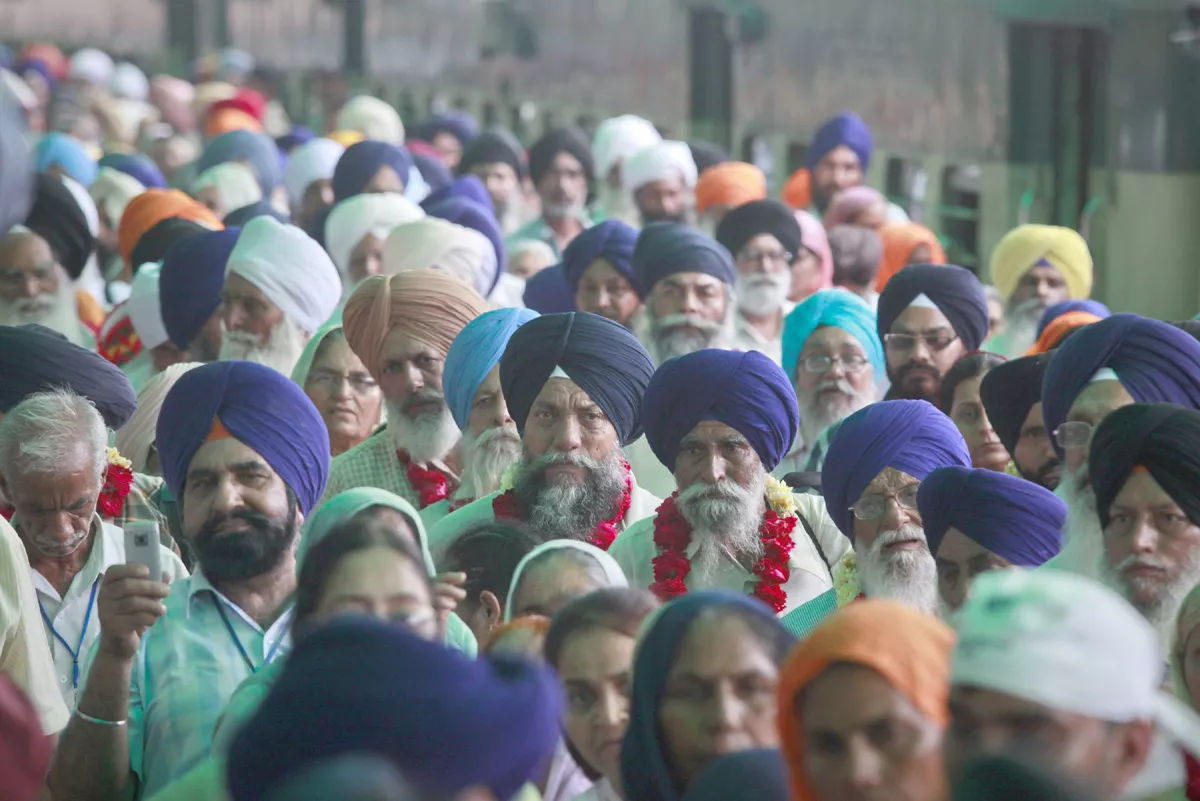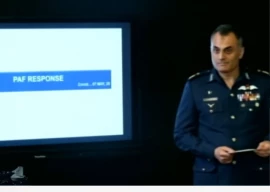
Dr Chavan arrived here on Sunday to participate in the national launch of the Annual Status of Education Report Pakistan 2010, prepared by Pratham and to be released on Thursday. He told reporters that the foundation compiled its sixth ASER for India on January 14. The India report, he said, showed that learning outcomes for Indian schoolchildren were poor, with half of grade five children unable to read grade two texts or solve grade two maths problems.
He said people kept on criticising the quality of education in public schools, but nobody had tried to see what was wrong inside the classroom.
He said that Pratham was attempting to bridge this gap with its ASERs.
Dr Chavan said the South Asia Forum for Education Development (SAFED) and Idara-e-Taleem-o-Aagahi (ITA) had adopted some of the ASER methods in assessing learning outcomes here.
He said the ASER assessed students’ learning outcomes at their homes, which was altogether different from conventional assessments in schools.
He said a unique feature of this assessment survey was that citizens were involved to conduct the survey, because assessments done by citizens themselves were more authentic than government data.
He said this learning outcome assessment initiative could be replicated in any country.
He said the student enrolment ratio had risen from 92.6 per cent to 96.4 per cent since India ASERs started being published.
He said the latest ASER on India had assessed over 700,000 students in households in 580 of the 600 districts across India. In each district, surveys were made of 20 households each in 30 villages.
He said that the ASER covered 16,000 villages and 330,000 households to collect analytical data. It assessed 50 per cent male students and 50 per cent female.
Dr Chavan shared some of the more surprising findings in India. For example, learning outcomes for private and public school students were assessed as the same in most states.
In Bihar, he said, the dropout rate had declined from 13 per cent during the tenure of former chief minister Laloo Prasad Yadav to 3 per cent today.
He said the Indian government offered mid-day meals to public school students up to grade eight because many children came to school on an empty stomach.
He said malnutrition was a big issue and it was necessary to provide students hot cooked food in schools.
Published in The Express Tribune, January 17th, 2011.


















COMMENTS
Comments are moderated and generally will be posted if they are on-topic and not abusive.
For more information, please see our Comments FAQ